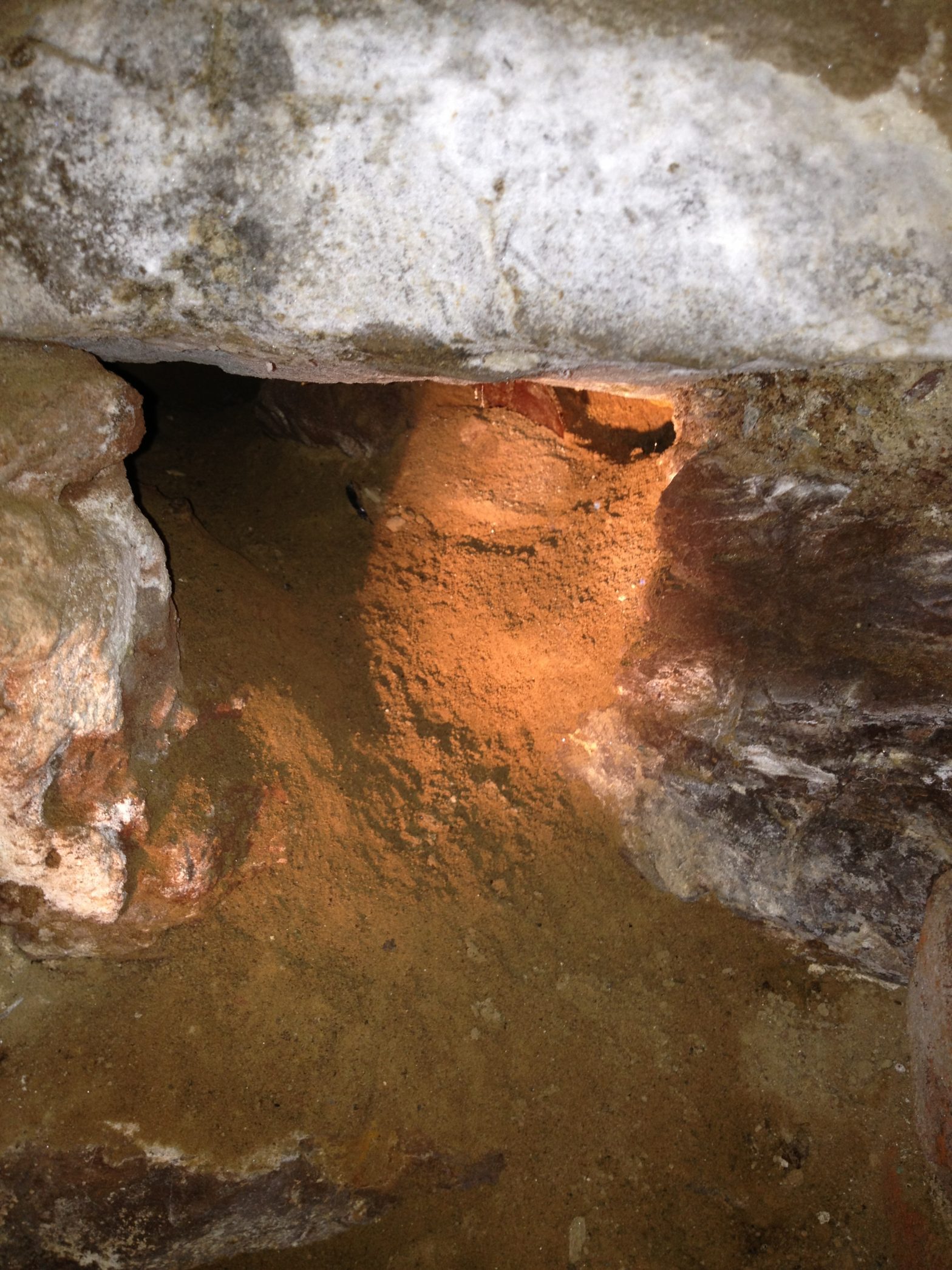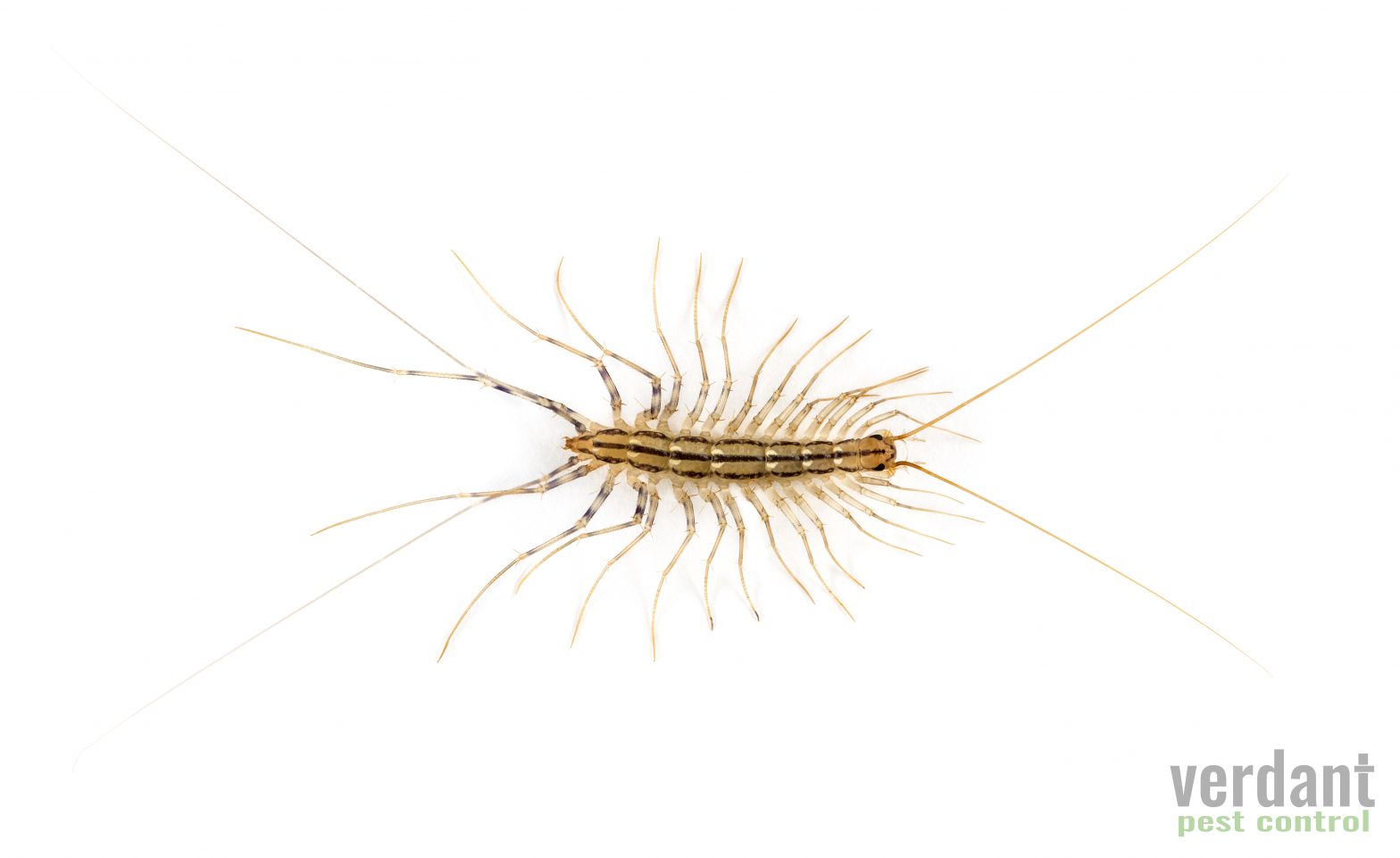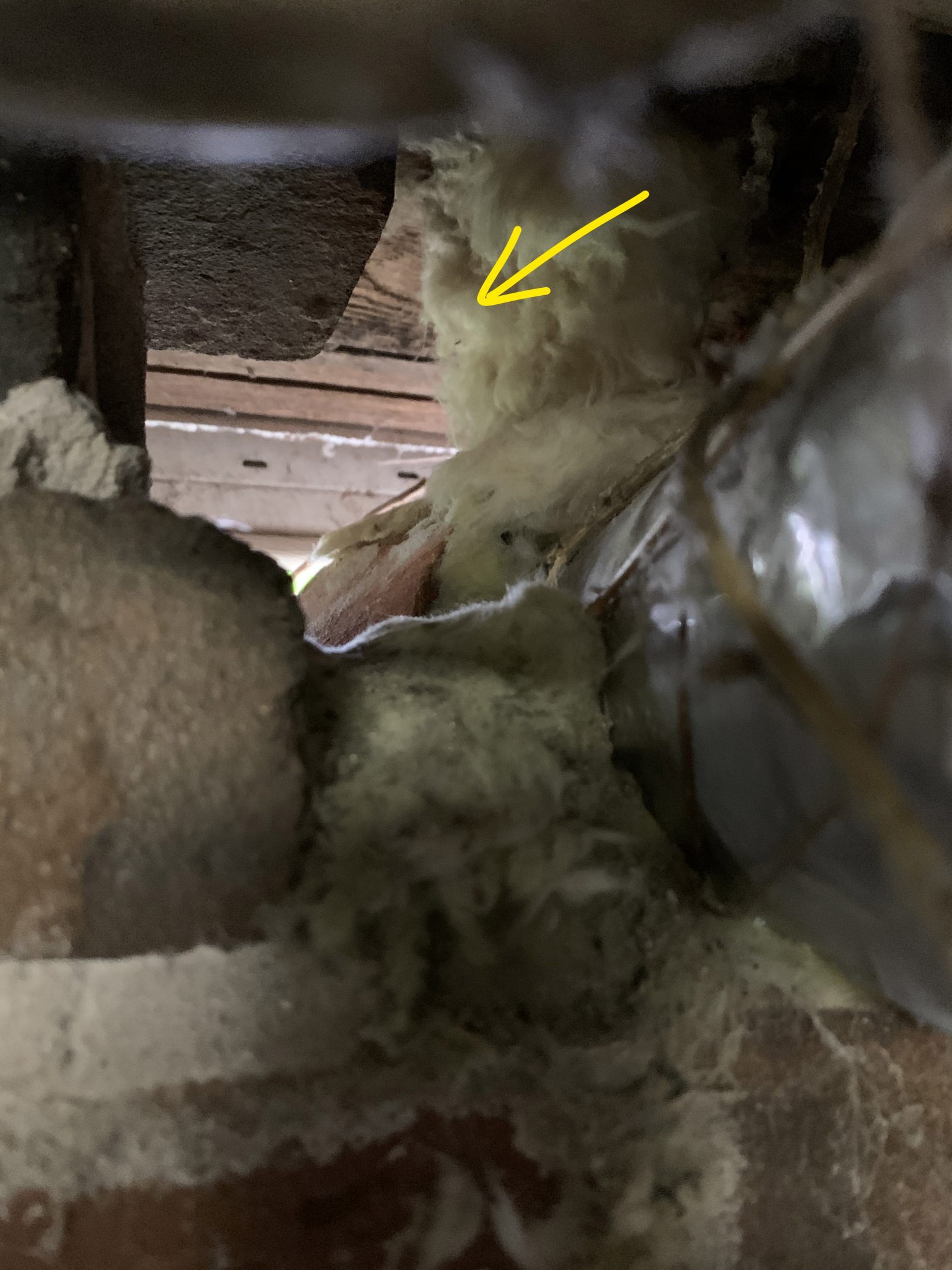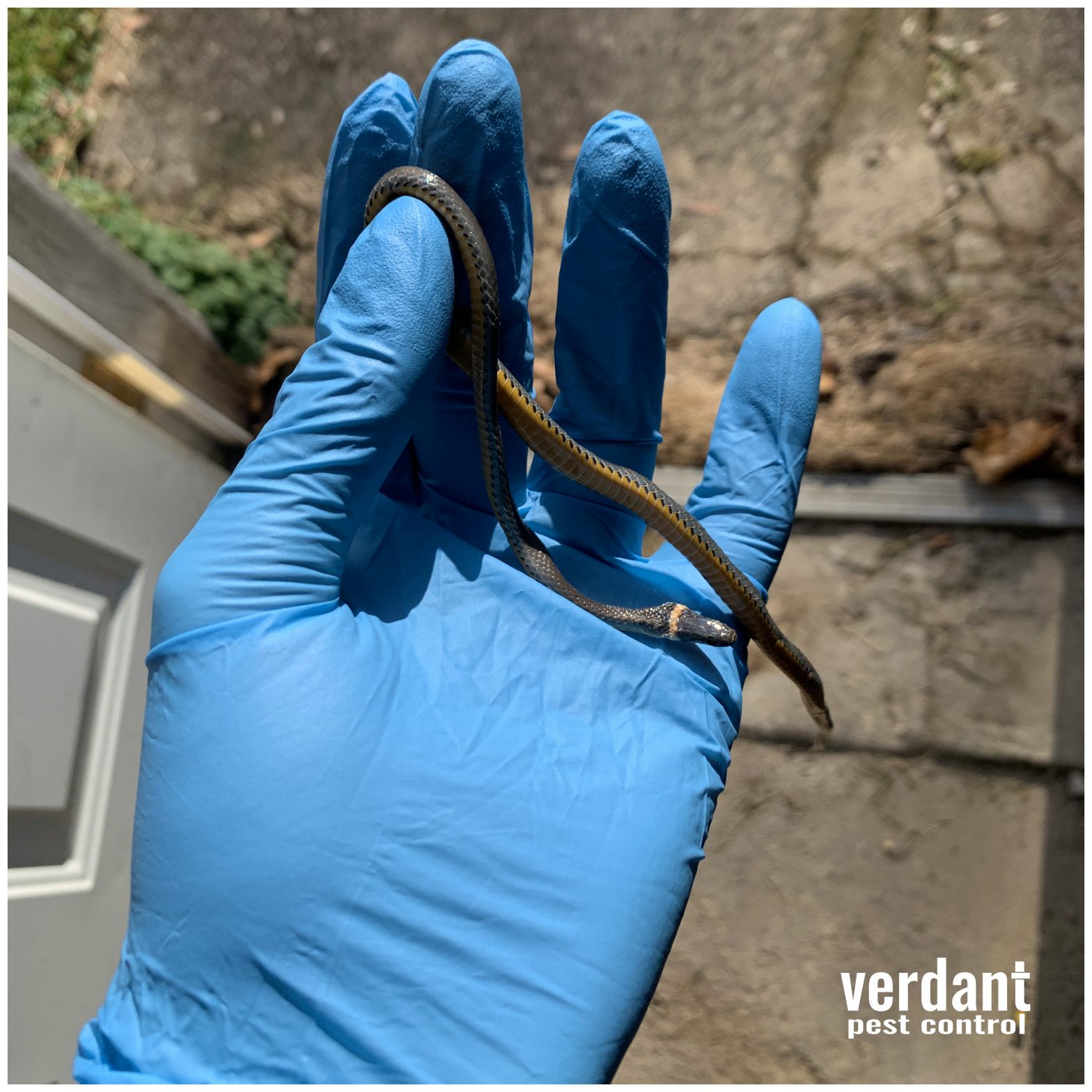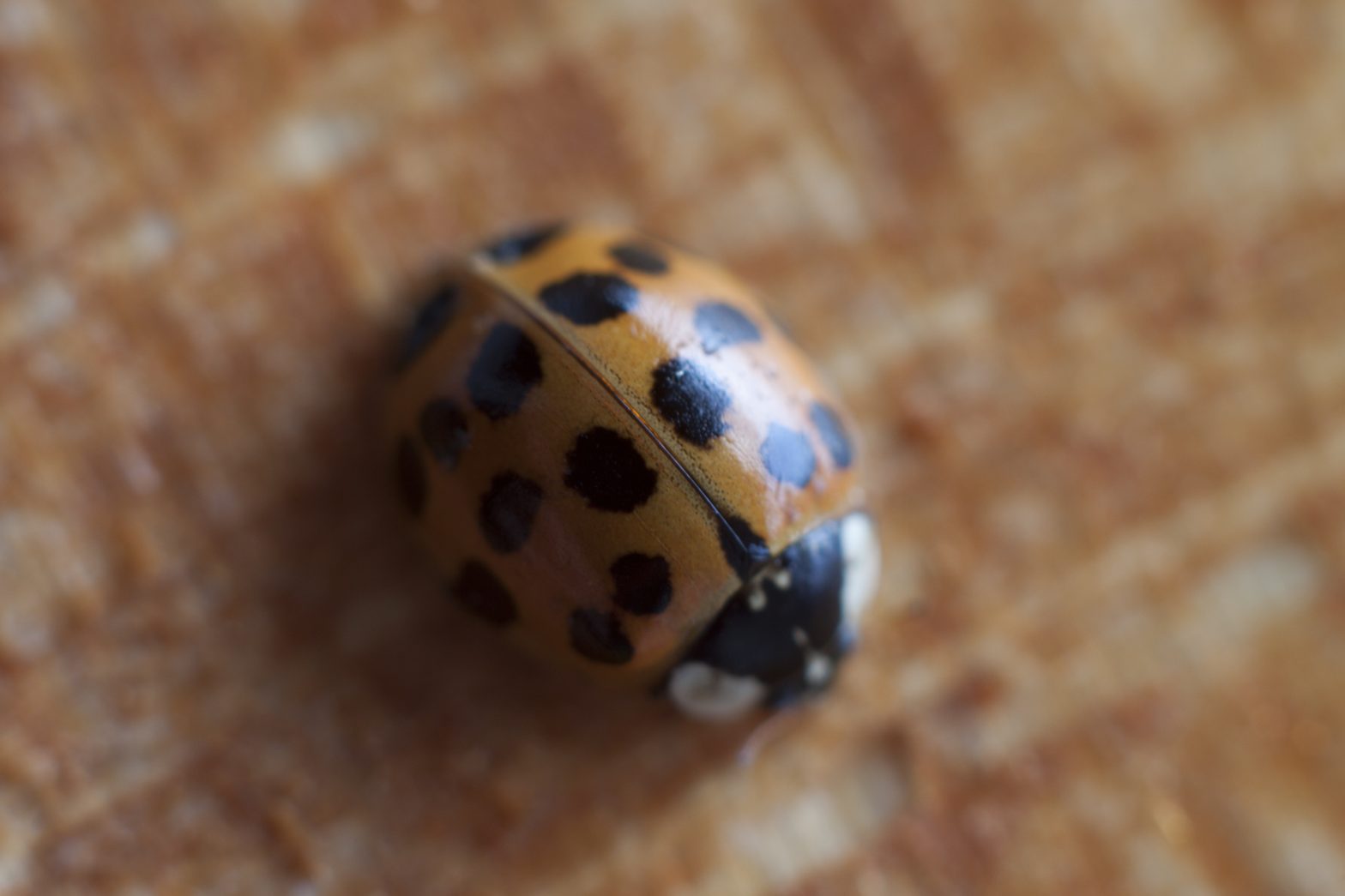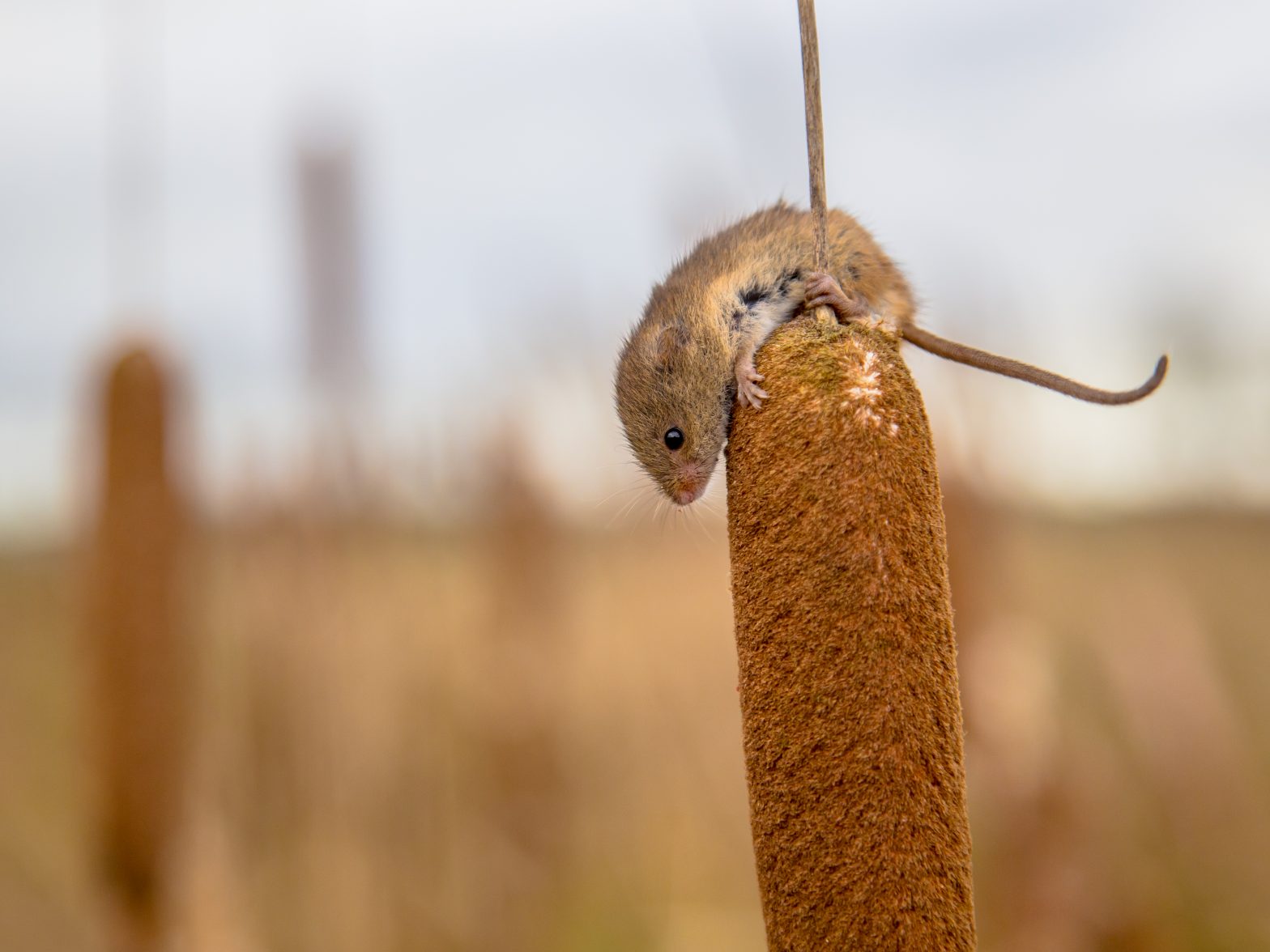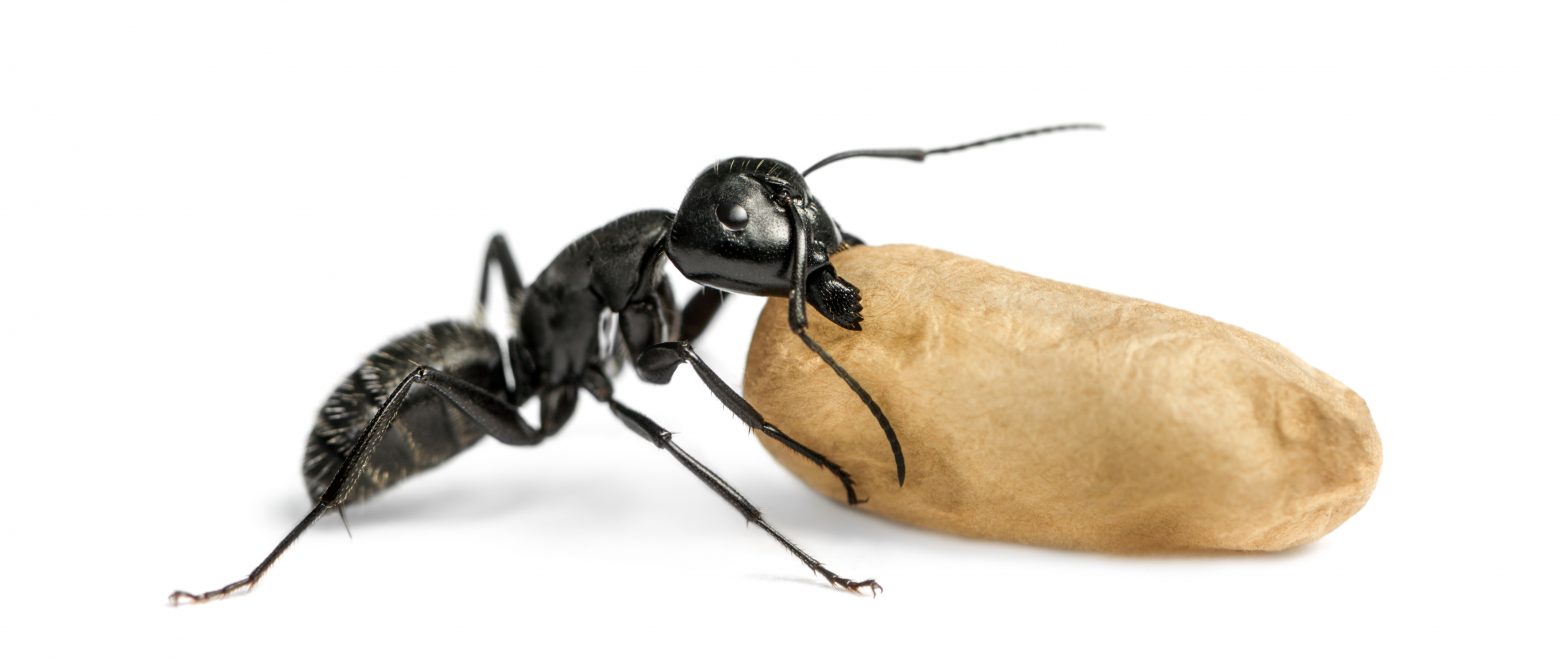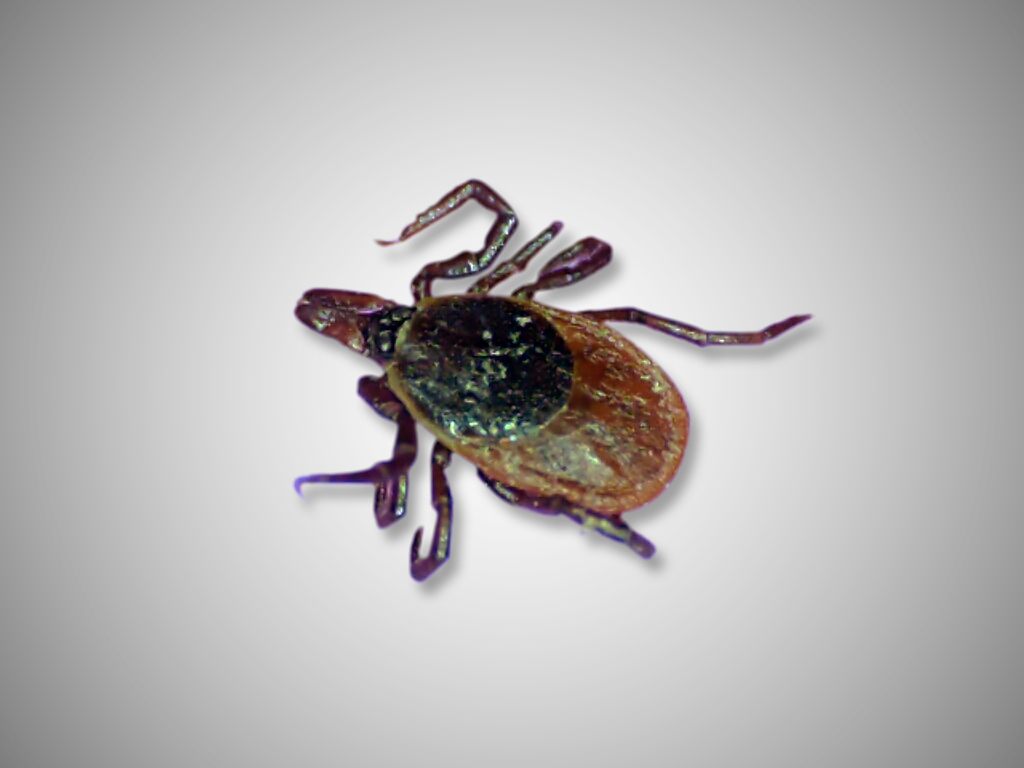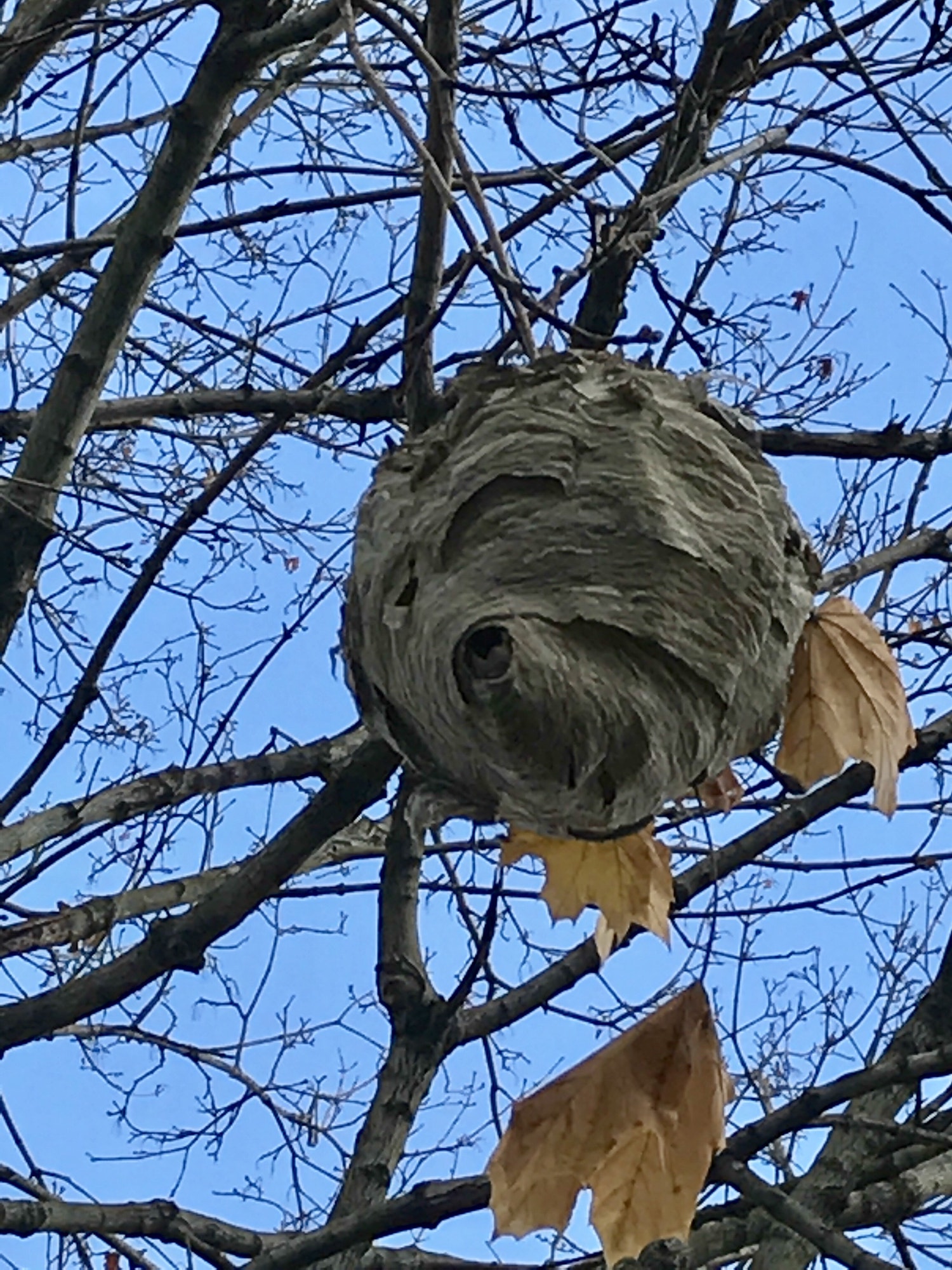A couple of signs that you may have a rodent problem. This kind of burrow is very common in homes with a stone foundation. This happens to be from rats, but mice burrowing looks very similar. Mice and rats use the stone foundation as the perfect home. They easily can make a home within and remain fairly well protected. Foundations like these let in more than mice or rats. They also allow entry for insects, snakes and moisture. Parging or cementing the walls is going to give you a barrier from these pests.
Tag: pest control
Giant House Centipedes
The giant house centipede, a common sight in basements and other damp areas. These intimidating insects have 15 pairs of legs and can move quickly. Some species grow up to 6″ long. They do have the ability to bite which is similar to a bee sting if handled improperly. Centipedes feed on other insects such as spiders, flies, etc. Since they prefer a moist environment, it’s best to run a dehumidifier in basements to deter many kinds of pests.
Fixing gaps to prevent mice…
Gaps like this one around a dryer vent hose in the basement need to be sealed properly to prevent mice from entering the structure. This gap is so large you can feel a heavy air current coming thru the foundation. This is the first step to preventing your home from getting infested with mice or other pests. Exclusion for mice is a service we offer and works well when paired with a rodent maintenance plan. Call or go online today to schedule a no charge general pest inspection.
Northern Ring-necked Snake
Found. Northern Ring-necked Snake. These pretty looking snakes don’t get very big (max out at 15 inches) and like to eat insects and salamanders. They don’t bite but do release a musk when threatened. This little fellow expired long before I picked it up.
Take cover from Lady Beetles
Have you seen me? Chances are you have been finding many of these over the past couple weeks. Lady Beetle pest control is popular this time of year. Lady Beetles are overwintering pests that like to take refuge in your home during the harsh winter months. Unfortunately there is no fool proof way to stop these little bugs from getting inside and showing up in the fall and then again in the spring. Sealing up cracks, gaps and making sure screens, doors and windows are in good repair is an excellent first step. We have plans that will help reduce their numbers but this is just one pest that is very difficult to control entirely. Call today to learn more.
These rodent athletes are going to the olympics
Rodents are excellent athletes. Mice and rats and climb extremely well. Rodents like mice don’t need to gain entry into your home thru the ground level, they can climb up the side and enter through the attic instead. A thorough inspection for possible entry points is key in preventing mice or rats from getting inside. Having a regular maintenance plan is going to ensure you have a professional set of eyes inspecting for these entry points several times a year. Call us to set up your home protection plan and get control of mice and rats today.
The busy life of Carpenter Ants
Here a Carpenter Ant is carrying an egg. Carpenter ants work 24/7/365 to build and expand their territory. They are nocturnal so you’ll see most of their foraging at night. Carpenter ants can have a single nest or a colony with multiple “satellite nests”. These satellite nests are also known as feeder nests since they don’t have eggs, but they do have workers, mature larvae and pupae. Depending on the species and age of the colony, their population can range from 3,000 ants to over 100,000 ants! Carpenter ants get their name from their behavior to chew out galleries in wood for building their nest. They do not eat the wood, they only hollow it out for a home. The treatment protocol for carpenter ants can vary greatly depending on the activity that is seen. We have an assortment of products and methods for control carpenter ants. A thorough onsite inspection will determine the direction of treatment required.
The dreaded Lyme disease tick…
This is a Black Legged Tick, also known as the Deer Tick. This is the tick responsible for the spread of Lyme disease. They can vary in size depending on where they are in development. They live for about two years and are the biggest threat to humans and pets during late spring into summer. These ticks find their next host by “questing” or waiting. They do not seek you out but instead they lay and wait with their front arms outreached waiting for a passer by to grab on to. Feeding on a host can be as short as ten minutes or last a couple hours. Removing the tick as soon as possible is key in reducing risk of Lyme disease. It can take about 24 hours for the bacteria to be transmitted from the tick onto the new host, but it’s best not to wait that long and check yourself frequently when enjoying the outdoors.
Mouse Prevention
The best defense is a good offense and the same applies to mouse prevention. Gaps around doors, pipes, electrical wires, vents and other structural penetrations are the reasons why mice get inside. It is best practice to seal up these gaps to prevent initial entry. This includes replacing garage door seals and weatherstripping around windows and doors. It’s not always easy to identify exactly how a rodent is getting inside your home. It might not even be possible in some cases but the first place to start is with obvious points of entry and go from there. Part of our rodent services is to inspect and identify these. We can also put together a quote to seal them up for you. Rodents create all sorts of problems once inside so be sure to prevent their entry where ever possible.
Wasps & Hornets
Hello there large wasp nest… High up in a tree is not usually a problem, but when they build one of these soccer ball sized nests on your deck its a bit more concerning. Wasps and hornets can be very aggressive. I’m not tackling one of these without a well fitted bee suit. This is what some have referred to as a “nope nest”. As is in, nope i’m not dealing with that. Smart move, call the exterminator instead. I will put on my “not today” protective layers and go to work. 10 points awarded to those of you that picked up on that Game of Thrones reference. In the end, it’s much better to leave these types of services to professionals that have the experience, tools and a touch of crazy to get it done!

